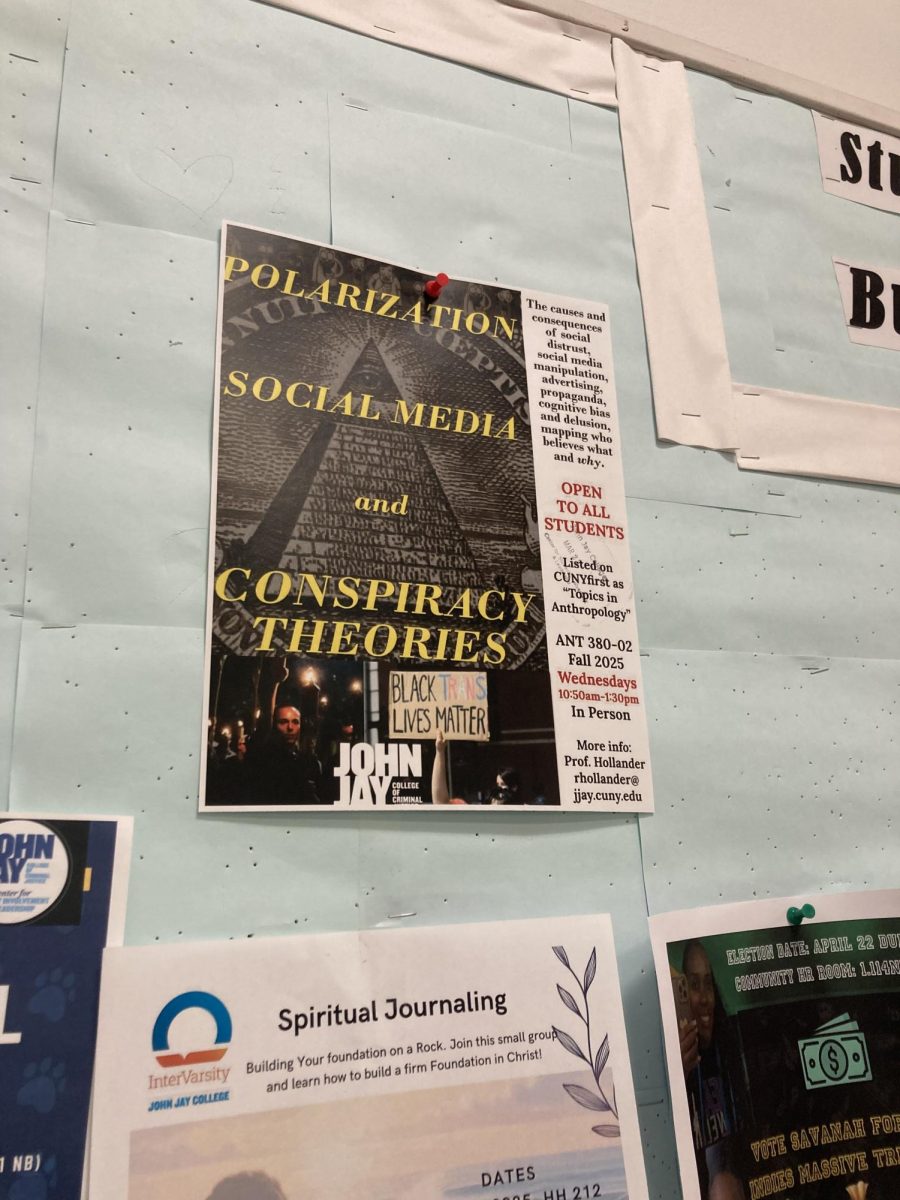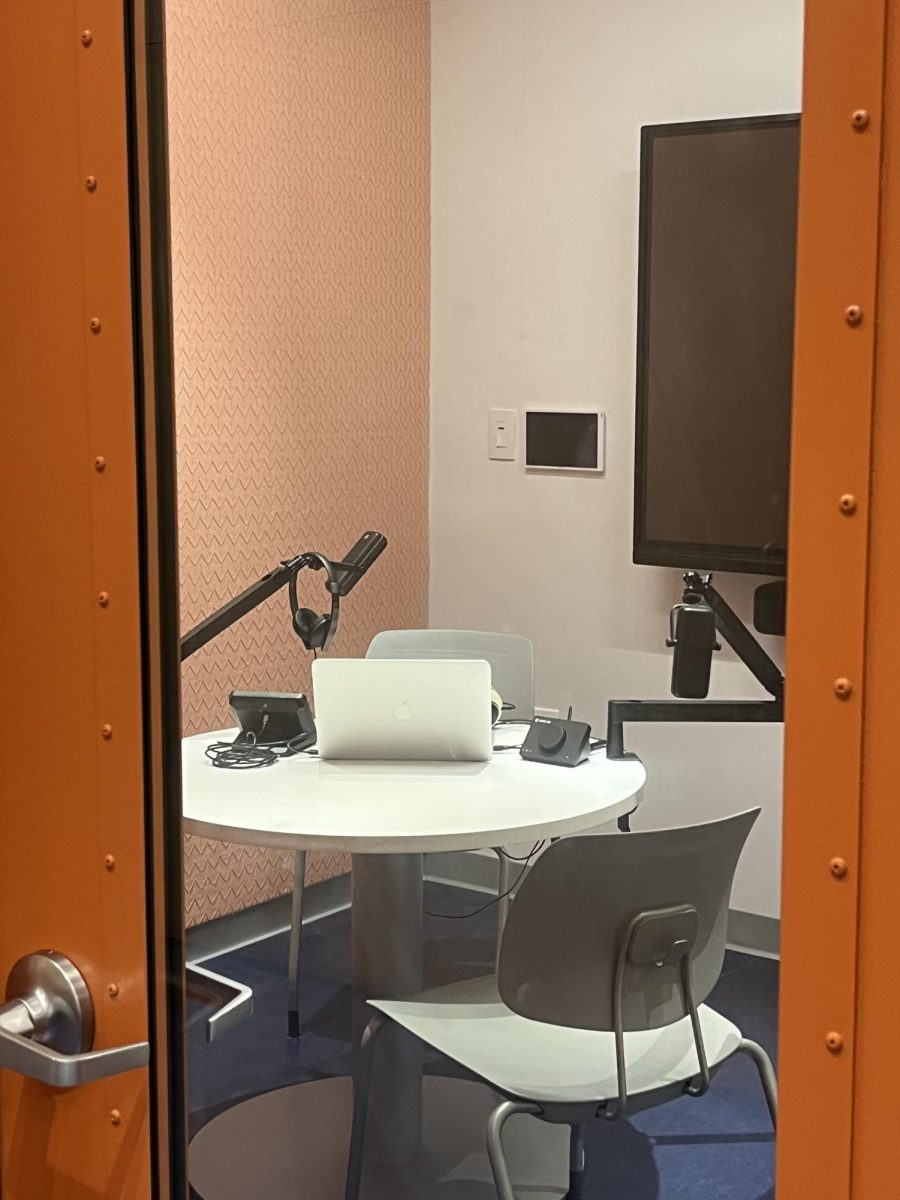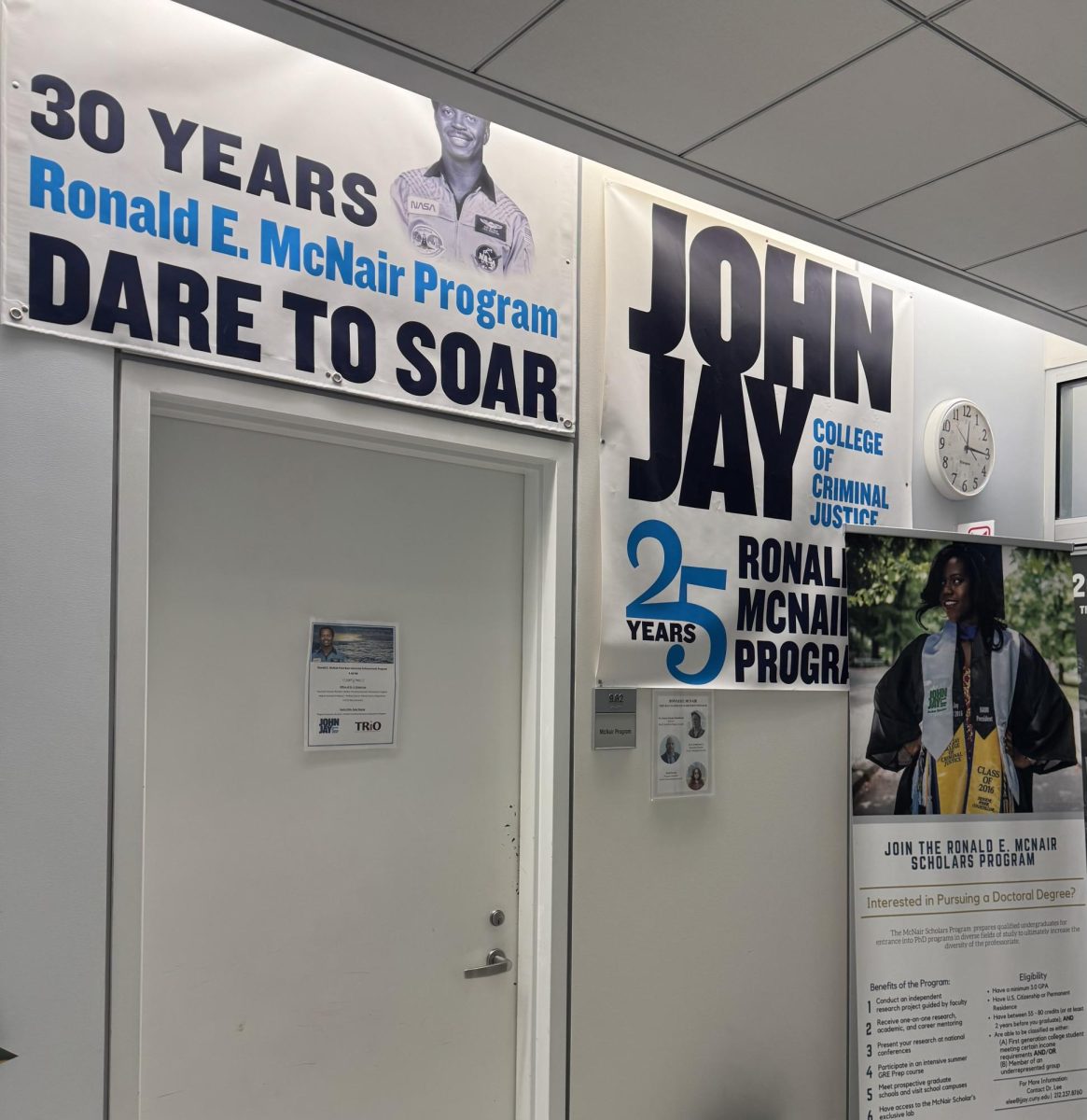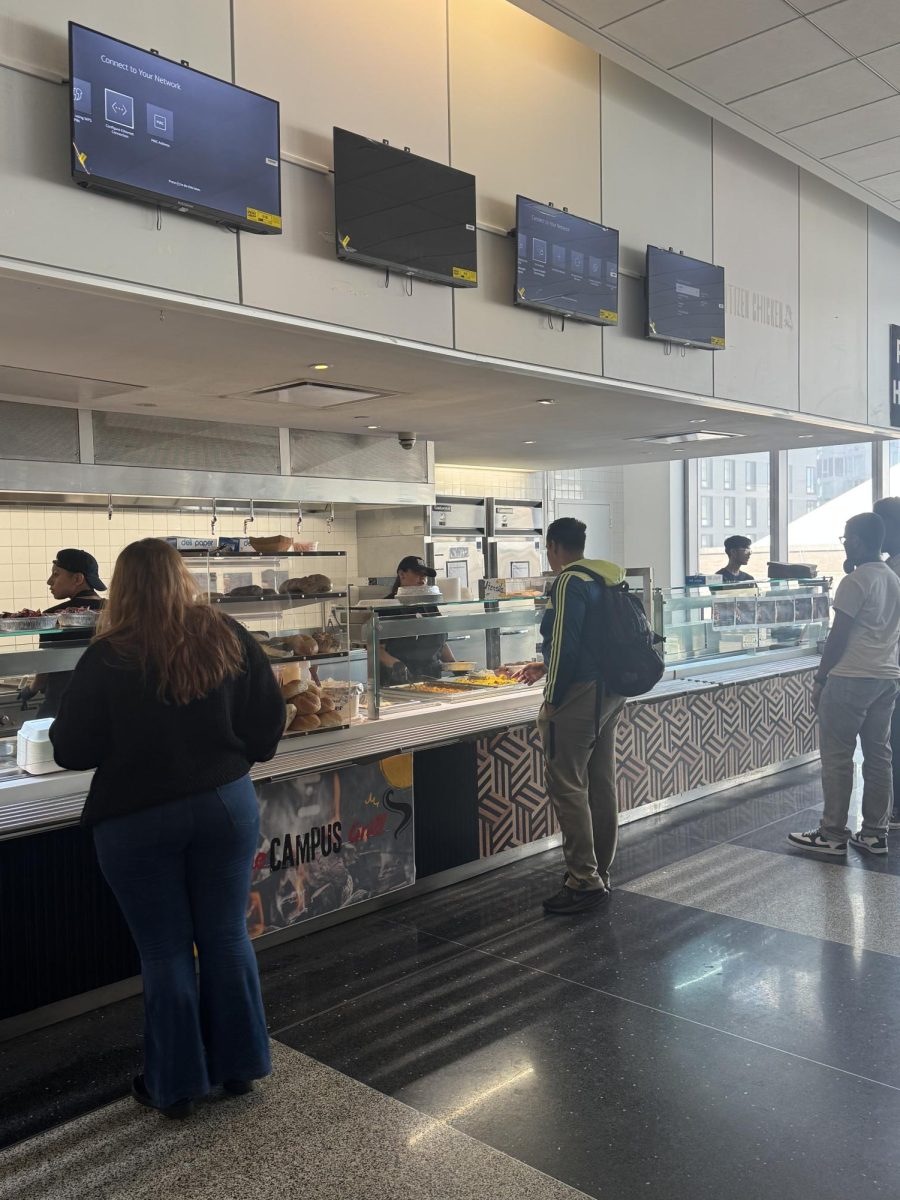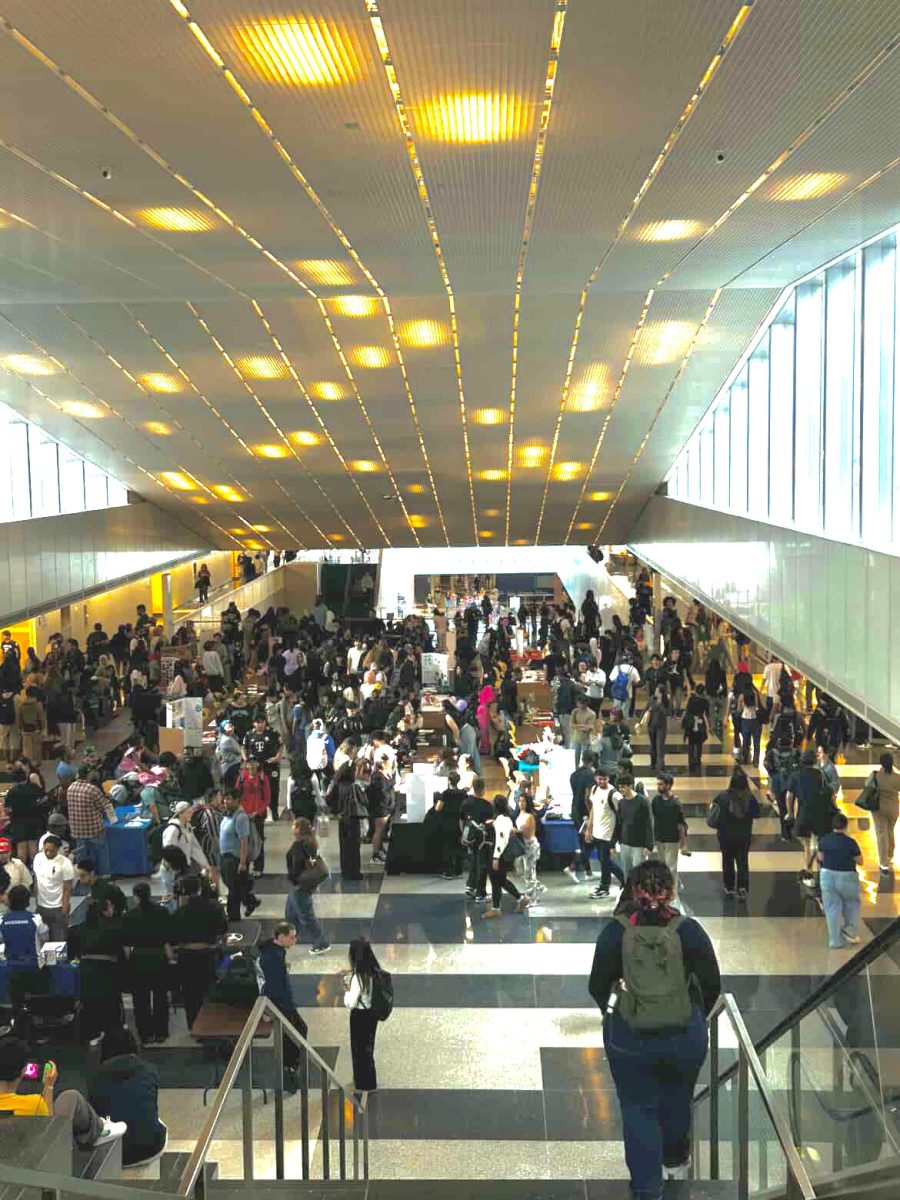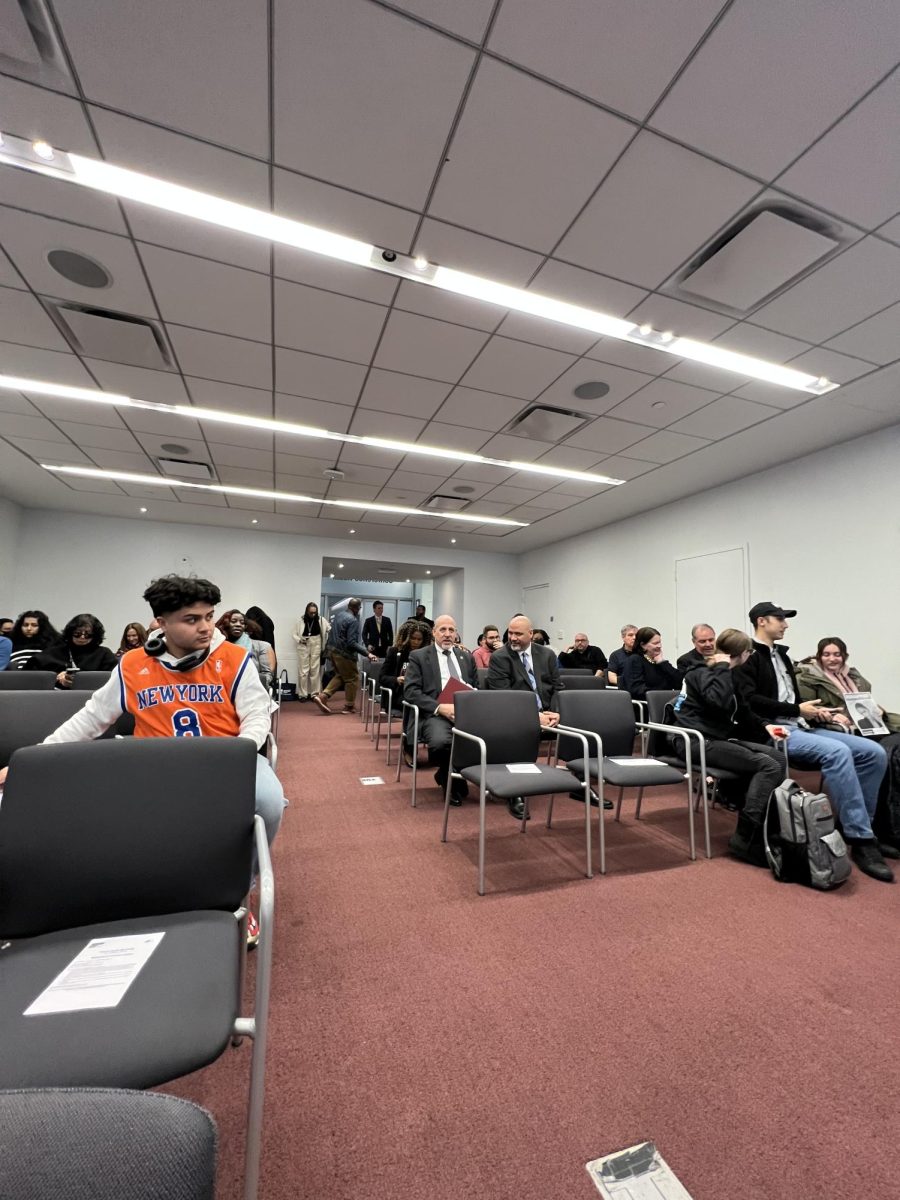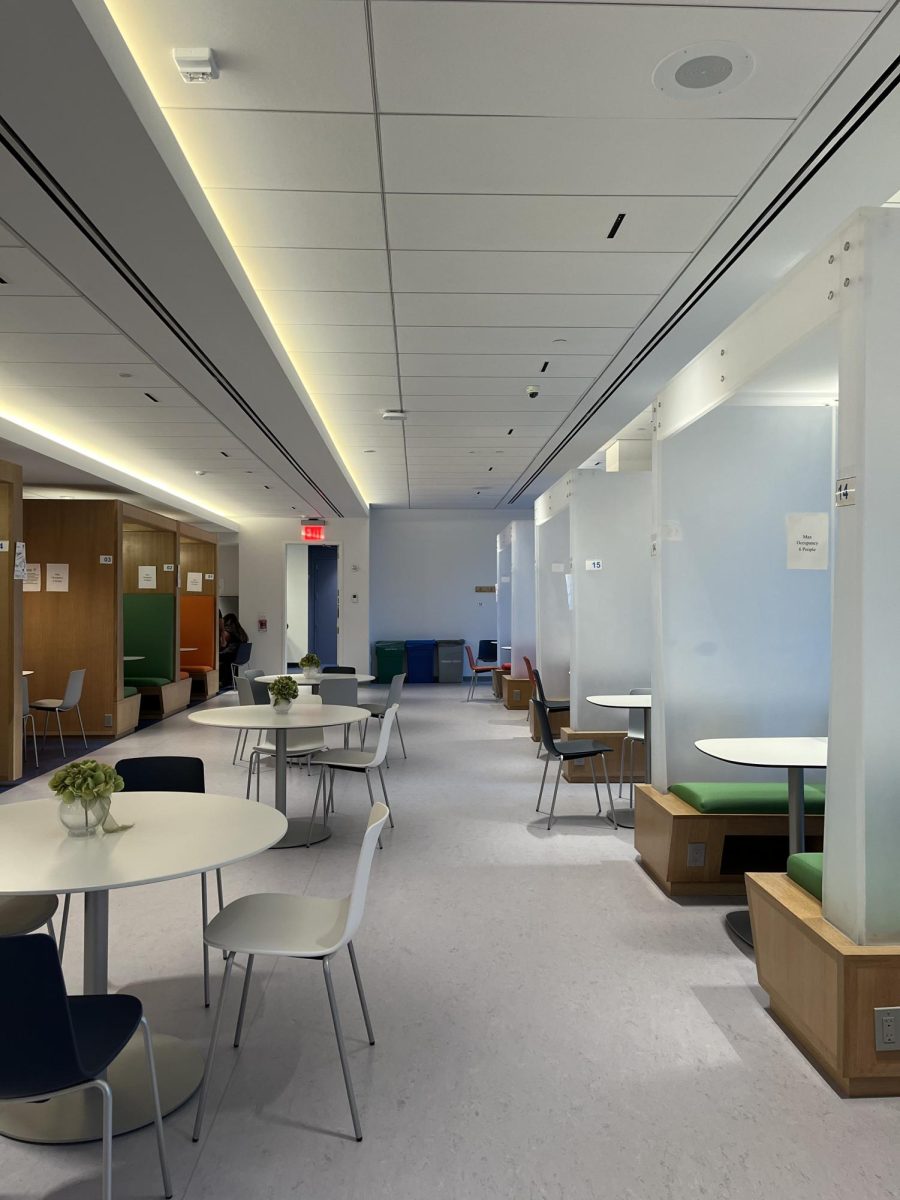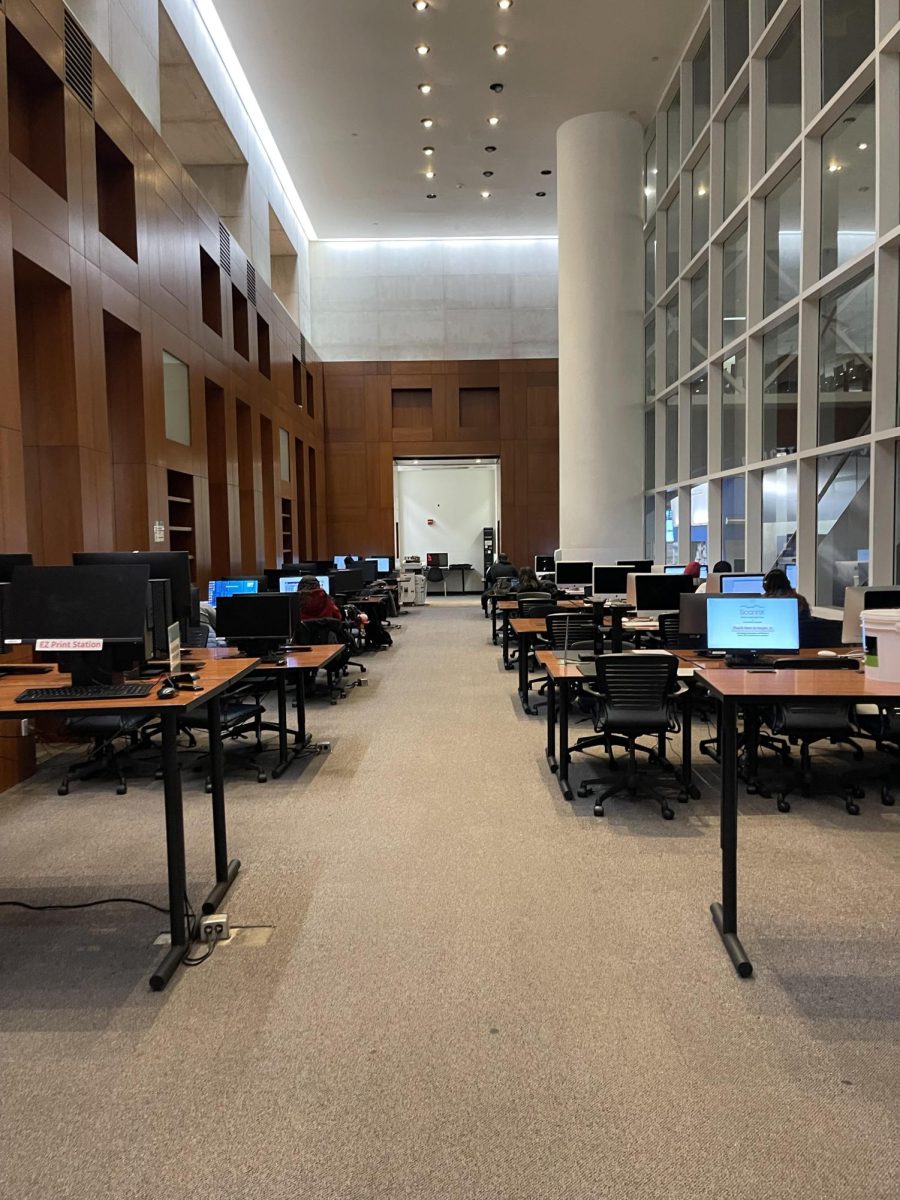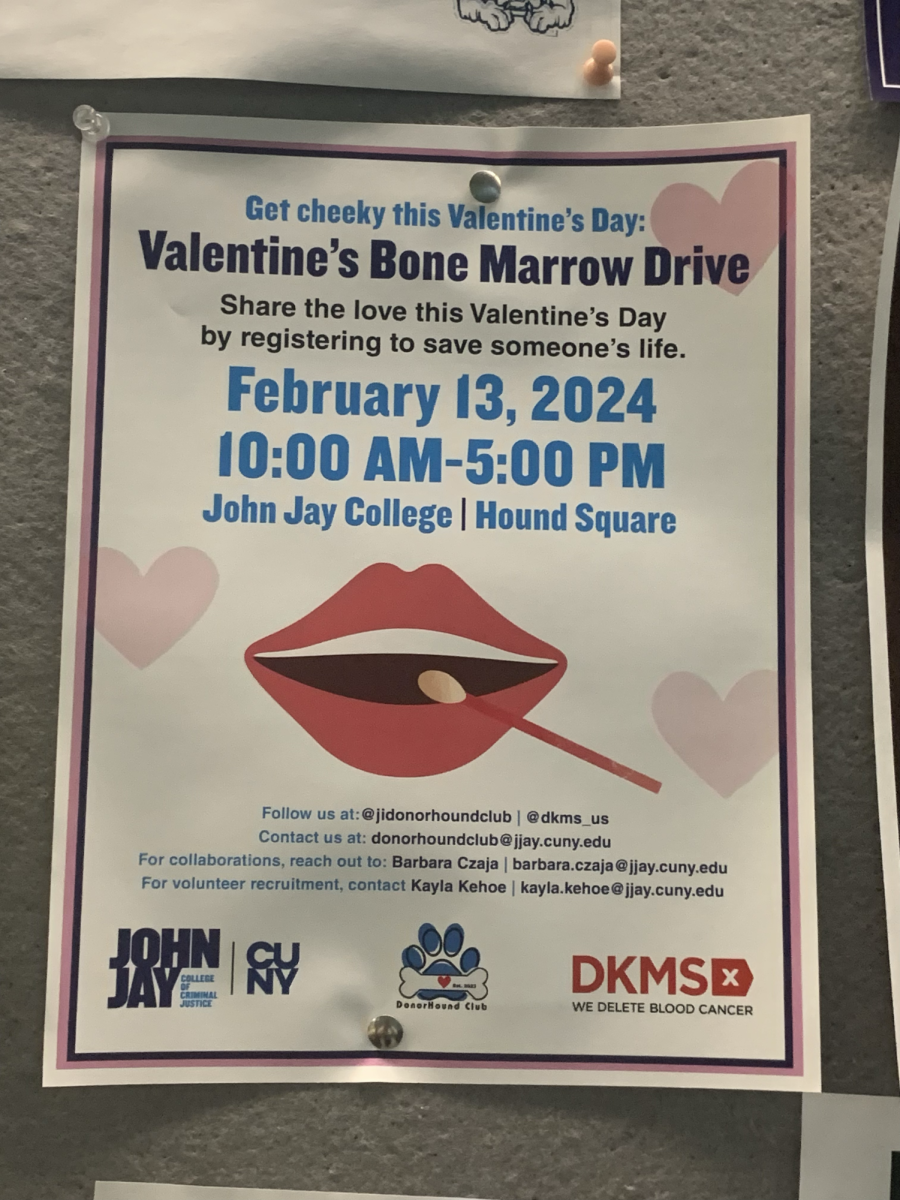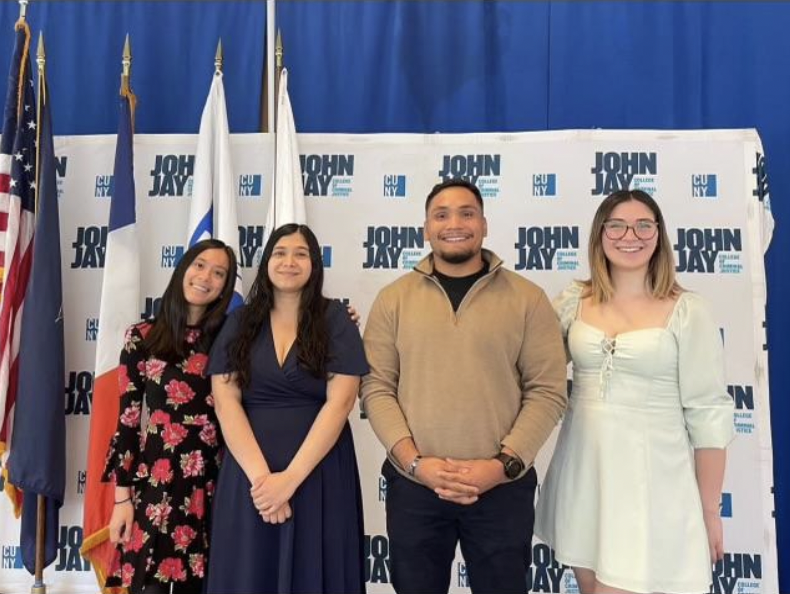These days, conspiracy theorists aren’t shutting the world out with tinfoil hats–instead, they’re spreading their claims via an internet connection.
A relatively new anthropology course at John Jay, Polarization, Social Media, and Conspiracy Theories, will be offered again in Fall 2025. The class explores how social distrust spreads—examining not just what people believe, but why they’re drawn to certain narratives, especially in today’s hyperconnected world.
The course’s relevance is hard to ignore. A 2022 report from the National Library of Medicine found that 73% of Americans believe conspiracy theories are “out of control,” with 59% agreeing that people are more likely to believe them today than 25 years ago.
Approximately 77% of Americans attribute this rise to the influence of social media and the internet. Many scholars agree, viewing the trend as a sign of a modern “crisis,” pointing to new communication technologies as a primary cause.
Professor Robert Hollander, who has taught at John Jay intermittently since 2013, drew inspiration to create the course from his own diverse social circles.
“Since I divide my social life between working with highly educated academics and hanging out every day with street-workout bros in parks across the city, I get to see both worlds,” Hollander said.
The contrast in how these groups perceive authority and truth fascinated him—why some are quick to embrace conspiracy theories while others readily accept government narratives without skepticism.
“Is there a socio-economic explanation for the difference?” he asked. “Is it the difference between the prestigious educated professional class elite who are more likely to believe government propaganda if the New York Times feeds it to them, versus the non prestigious, unentitled non-elite who reject all government propaganda but believe any conspiracy invention spread by alternative media? What motivates this difference?”
Florian Griese, a junior double majoring in Forensic Psychology and Criminology, took the inaugural class last fall.
“The class was very insightful. It often made me uncomfortable because I had to face my own biases,” he said.
Griese, however, considered his discomfort a positive thing.
“It completely changed my perception of myself. I learned more about how I process political information than about conspiracies” he said.
Griese emphasized the importance of keeping up with the readings.
“If you do your readings you’ll get a lot out of this class,” he said. “It takes your own way of seeing the world, shatters it and gives you a more critical view on yourself and your way of processing information.”
Class discussions are also designed to push students to question their assumptions. Hollander recalled when his students rejected a Russian poll reporting Vladimir Putin’s 80% approval rating, calling it propaganda.
To challenge their assumptions, he showed them how Putin’s approval rating dropped dramatically to 60% after raising the retirement age, an unpopular move given the low life expectancy of Russian men at the time.
“The students still refused to believe the Russian polls, even though their propaganda explanation no longer held,” Hollander said. “Who’s falling for propaganda in this case? Us or them?”
The course goes beyond analyzing theories—it puts them to the test. For their final projects, students design and conduct surveys on conspiracy theories and political polarization,
including questions about participants’ demographics like income, education, and age, and then analyze the data.
Griese explored how political affiliation influences the perceived believability of conspiracy theories. His results showed that while many respondents, regardless of political identity, were open to the idea that the FBI and CIA played roles in the JFK and MLK assassinations, self-identified liberals were slightly more inclined to think Trump’s assassination attempt was staged. Still, overall belief in that theory was low across the political spectrum.
Hollander sees these skepticisms as part of a larger breakdown in trust. When citizens no longer believe in their government, the government, in turn, becomes suspicious of its people—leading to a lack of transparency and deepening distrust on both sides.
He pointed to Turkey as an example and warned that when political groups begin to distrust and demonize one another, it leads to misunderstanding and division—what he called an “intellectual civil war.” The same dynamic, he noted, is unfolding in the U.S.
Lucia Paredes, a sophomore majoring in Law & Society, expressed interest in the course, citing the relevance of current events tied to social media and polarization. She also offered a critique of the label “conspiracy theory.”
“I think sometimes conspiracy theories aren’t even conspiracy theories. They’re just hidden history that people discover and they label as a conspiracy theory because they don’t know about it,” she said.
Hollander echoed this sentiment, reflecting on the prevalence of real conspiracies. “Real conspiracies are quite common. Everywhere, actually,” he said.
Instead of shutting down misinformation, Hollander advocates for addressing it with reason. He argues that censorship from the top can be just as damaging as disinformation itself, since both erode public trust.
In class, he introduces alternative, community-driven approaches to finding reliable information, like prediction markets and randomly selected citizen responders.
Hollander hopes the course helps students become more aware of their biases.
“We need to understand that we are all victims of our own myside bias,” he said. “We probably can’t change our biases—they are us—but we can at least recognize the bias. Or at the very least, recognize that we are biased.”
For students interested in taking the course, they can find it under Topics in Anthropology (ANT 380-02) on CUNYfirst. The course will be offered as a double period Wednesdays from 10:50 a.m.-1:30 p.m. during the upcoming semester.
And, as for Hollander’s own relationship with social media?
“I rarely carry my phone. I leave it at home, where it belongs,” he said.


